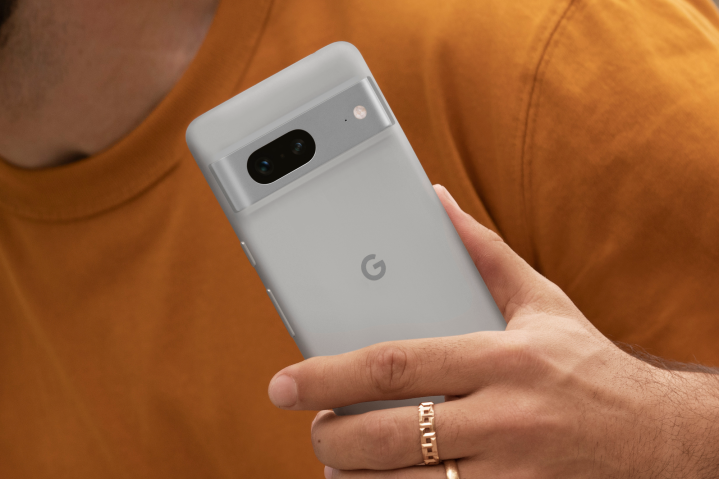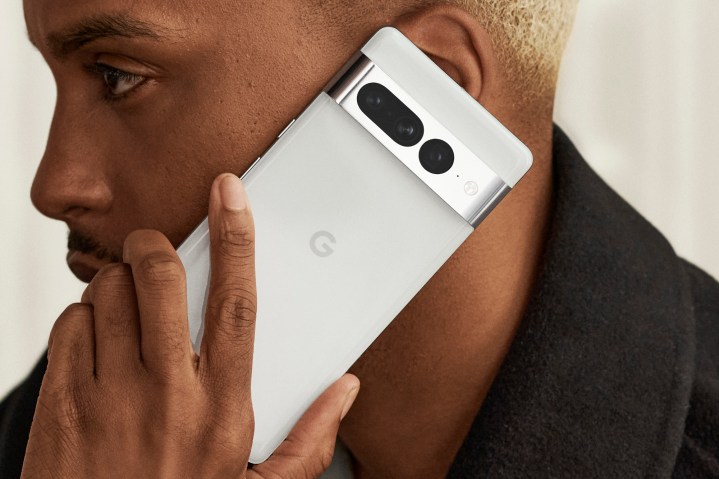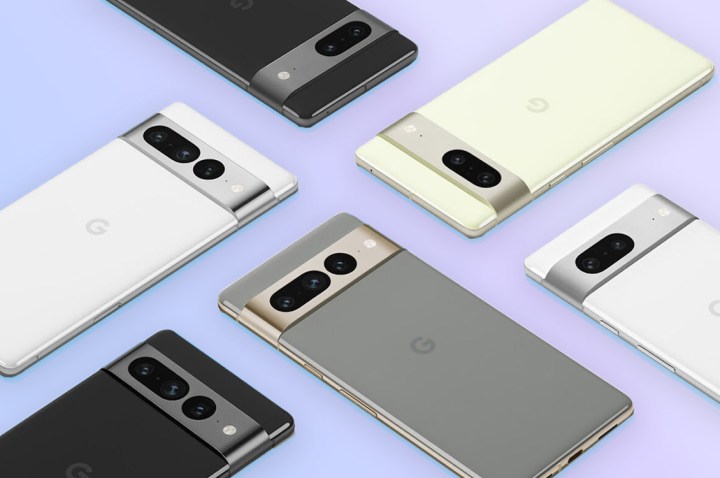Google managed to upgrade the internals on the Pixel 7 and Pixel 7 Pro while maintaining the same $599 and $899 price tag, respectively. The new Google phones feature advanced cameras, as well as new processors, designs, and colors. But will the Pixel 6 and Pixel 6 Pro users upgrading to Pixel 7 or 7 Pro expect to get huge benefits over the predecessor? Time (and our reviews) will tell. As of now, what we can for sure tell you is if your old Pixel 6 case fit the Pixel 7 or not.
Will Pixel 6 cases fit the Pixel 7?

The short answer is a resounding “no.” Your Pixel 6 cases will not fit the Pixel 7. Google has made the latest phone more compact than the Pixel 6, which means you get a 6.3-inch display instead of a 6.4-inch screen. As a result, Google has shrunk the overall height of the Pixel 7.
In terms of numbers, the Pixel 7 measures 6.1 height x 2.9 width x 0.3 depth (inches), compared to 6.24 height x 2.94 width x 0.35 depth (inches) on the Pixel 6. As you can notice, the height, width, and depth all have changed for the new
Will Pixel 6 Pro cases fit the Pixel 7 Pro?

If you’re coming to the Pixel 7 Pro from the Pixel 6 Pro, we have bad news for you, too. Your old Pixel 6 Pro case won’t fit the Pixel 7 Pro. Google has managed to make the phone thinner than the previous generation while maintaining almost the same screen size. But don’t be mistaken, it is still two grams heavier than the Pixel 6 Pro, so you’ll definitely feel it on your wrist if you hold it in a single hand long enough.
Coming to numbers, the Pixel 7 Pro measures 6.4 height x 3.0 width x 0.3 depth (inches) vs the 6.45 height x 2.99 width x 0.35 depth (inches) of the Pixel 6 Pro. The new phone is a little wider and shorter than the Pixel 6 Pro, so you’ll have to purchase a new case for your new phone.
What’s new with Pixel 7 and Pixel 7 Pro

Starting with the screen, the Pixel 7 and 7 Pro feature a brighter display than their predecessors. The
Google claims that its new devices can deliver up to a day’s battery life with ease, thanks to the new in-house Tensor G2 processor. It also helps the 50MP main camera to shoot better photos. You get a 12MP ultrawide camera, and the Pixel 7 misses out on the 48MP telephoto lens found on the Pixel 7 Pro. As stated above, both phones carry the same price tag as the previous-gen models, despite packing these upgrades.
Editors' Recommendations
- A new Google Pixel Tablet is coming, but it’s not what you think
- Best Google Pixel deals: Save on Pixel 8, Pixel Buds, and Pixel Watch
- Here’s every color that will be available for the Google Pixel 8a
- Have one of these Google Pixel phones? You’re getting Circle to Search
- Google Pixel 9: news, rumored price, release date, and more



